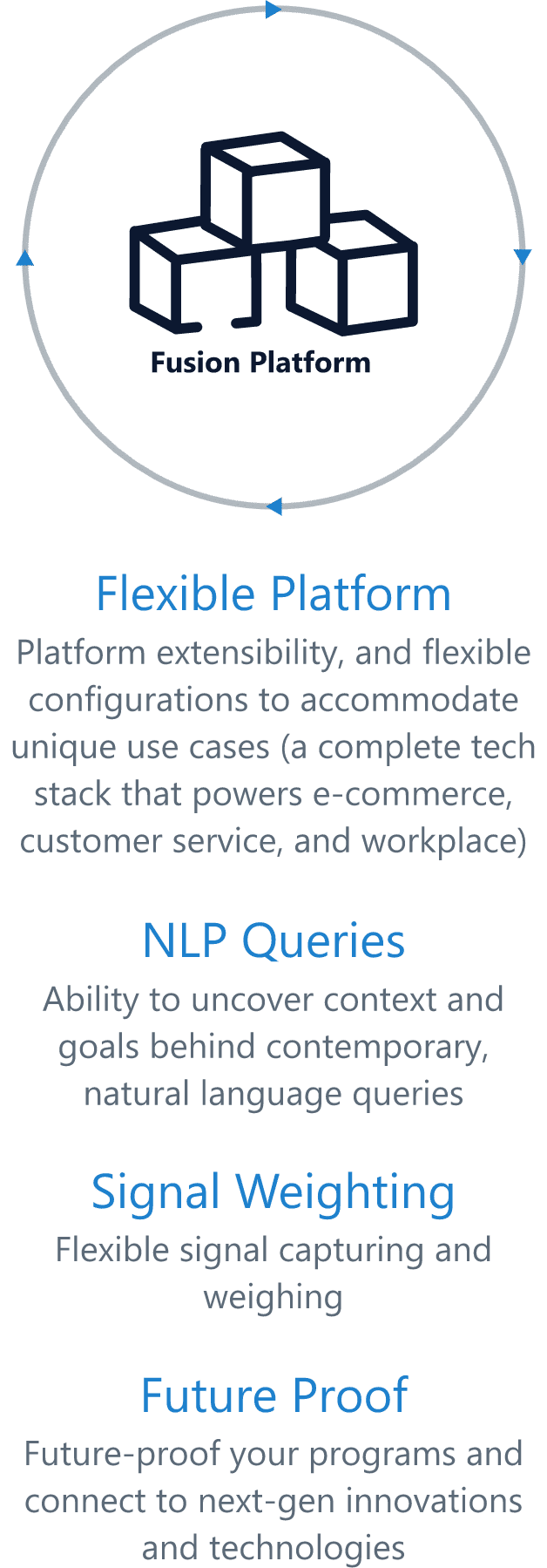Make Search A Superpower
Lucidworks uses advanced search and deep learning to make data easily accessible, helping people find what they need and discover even more. Contact us today to learn how Lucidworks can create a best-in-class experience for your customers, employees, and support agents.
LET'S CONNECT